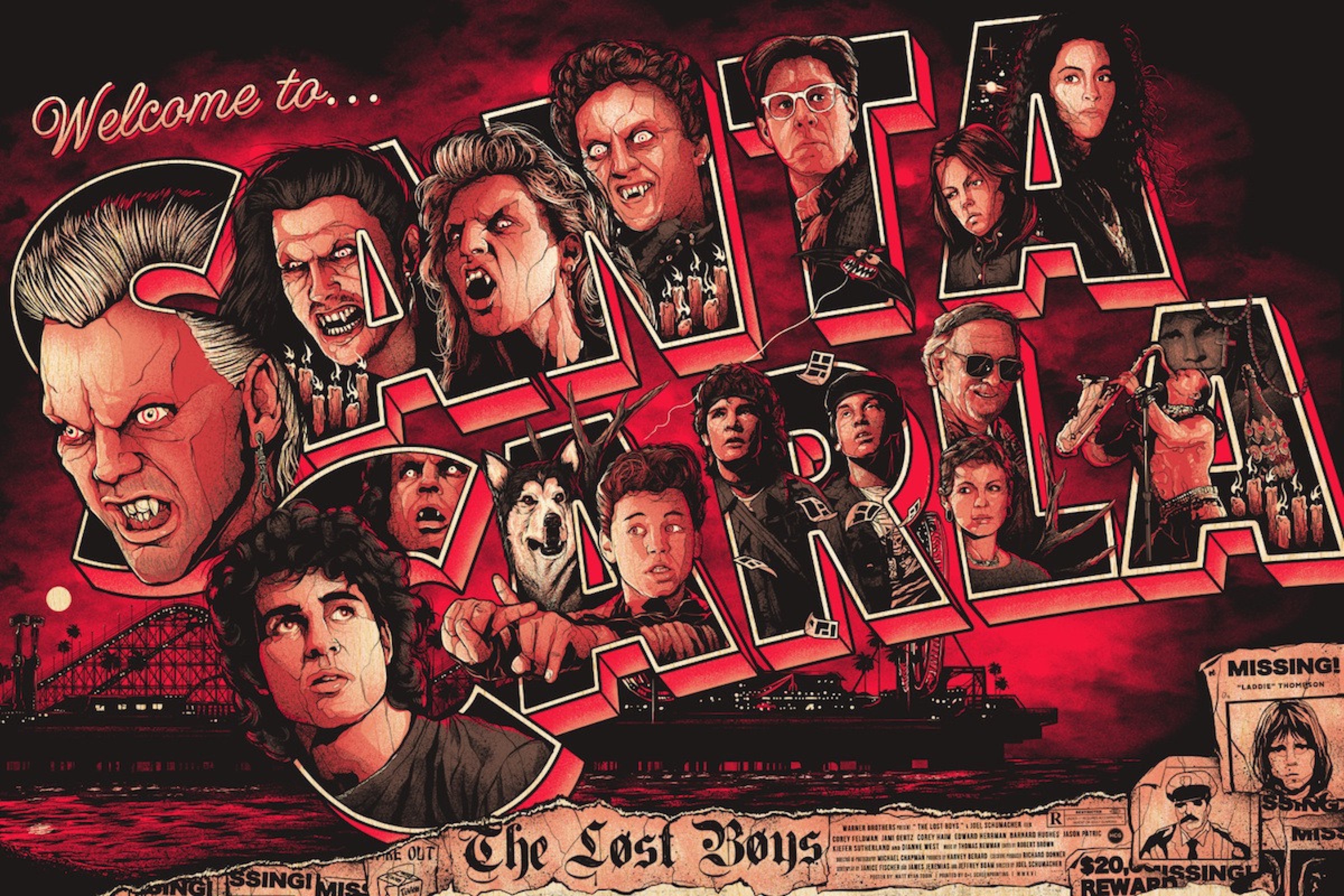Transcript
ARI SHAPIRO, HOST:
When you need an ambulance you need it now, but having enough ambulances at the ready can cost a lot of money. As Audrey Quinn of our Planet Money team reports, a former high school English teacher seems to have solved this ambulance problem with economics.
AUDREY QUINN, BYLINE: It was a busy intersection in Jersey City, rush hour, pouring rain. The light changes, and a pickup truck turns suddenly, according to the police report. It sideswipes a sedan in the next lane. The driver is 61. She sits motionless. A bystander calls 911. And just three minutes and 47 seconds later, first responder Sabrine Elcomey (ph) was at the car window.
SABRINE ELCOMEY: Hello, are you OK? It’s EMS, we’re here.
QUINN: In a lot of cases, response time is the difference between life and death. And three minutes and 47 seconds is fast. Elcomey’s an EMT with Jersey City Medical Center. Ten years ago, their average response time was twice as long. Twice as many patients died from cardiac arrest.
At the scene, Elcomey checks the woman – no blood, but she’s shaken up, so Elcomey drives her to the hospital just to be safe. Elcomey’s swift response came not because she drove fast but because her ambulance had been waiting just a few blocks away, right where her dispatchers told her to be.
UNIDENTIFIED MAN: You fell – Wells Fargo – 40 Journal Square – OK. All right. We’re on our way. Seven, head over to Journal Square at the west park (unintelligible).
QUINN: They sit in a dark room on the upper floor of the hospital. A screen in front of them looks kind of like a satellite weather map over Jersey City. The darker parts of what seem like a cloud are where history says the next call is most likely to happen. That’s where ambulances should wait. Often, they choose a coffee shop. Lorraine Mallis has worked in this dispatch room since the ’90s. She has a name for the system.
LORRAINE MALLIS: I call this Hal. I don’t know if you ever saw that sci-fi movie…
QUINN: “2001: A Space Odyssey.”
MALLIS: Yeah, that’s it. That’s it. That’s how smart they – he is very smart. They should be proud of this system. It’s very good.
QUINN: They would be Jack Stout. He started thinking about ambulance response in the early ’80s. Back then, he says it was a total mess.
JACK STOUT: It was very, very difficult to hook up the person with the nearest ambulance to the person that needed it.
QUINN: Ambulances sat at station houses in one location, and when calls came in, they drove real fast.
STOUT: That’s right. That was the best tool they had.
QUINN: He’d gotten into ambulances through a winding career path. English teacher, government consultant and then the University of Oklahoma offered him two jobs at once – Emergency medical systems researcher and part-time professor of economics.
STOUT: Then that kind of tipped me off really looking here about supply and demand, which is the foundation of microeconomics.
QUINN: Staffed ambulances were the supply and 911 calls were the demand. So he started plotting out on a blackboard the pattern of that demand.
STOUT: You could look up there and you could say, oh, this is Tuesday 4 p.m. to 8 p.m.. Here’s where the calls tend to come from, and this is how many of them there tend to be.
QUINN: Stout said take the ambulances out of the station houses, put them near where the calls are going to come from, have fewer ambulances during quiet hours, more during busy. Stout’s style of ambulance response systems was a radical idea at the time. He spent decades spreading it around the country.
STOUT: And we did about half of the United States.
QUINN: How’d you get it around so fast?
STOUT: Well, it wasn’t fast. I’m old (laughter).
QUINN: Most of the places where Stout first brought his system saw immediate improvement in their ambulance response. But Stouts says a lot of departments liked the way they were doing things, all waiting together at the station. It was only in the last few years with trust in data on the rise that Stout’s method has become the norm. Audrey Quinn, NPR News.
Copyright © 2016 NPR. All rights reserved. Visit our website terms of use and permissions pages at www.npr.org for further information.
NPR transcripts are created on a rush deadline by a contractor for NPR, and accuracy and availability may vary. This text may not be in its final form and may be updated or revised in the future. Please be aware that the authoritative record of NPR’s programming is the audio.


